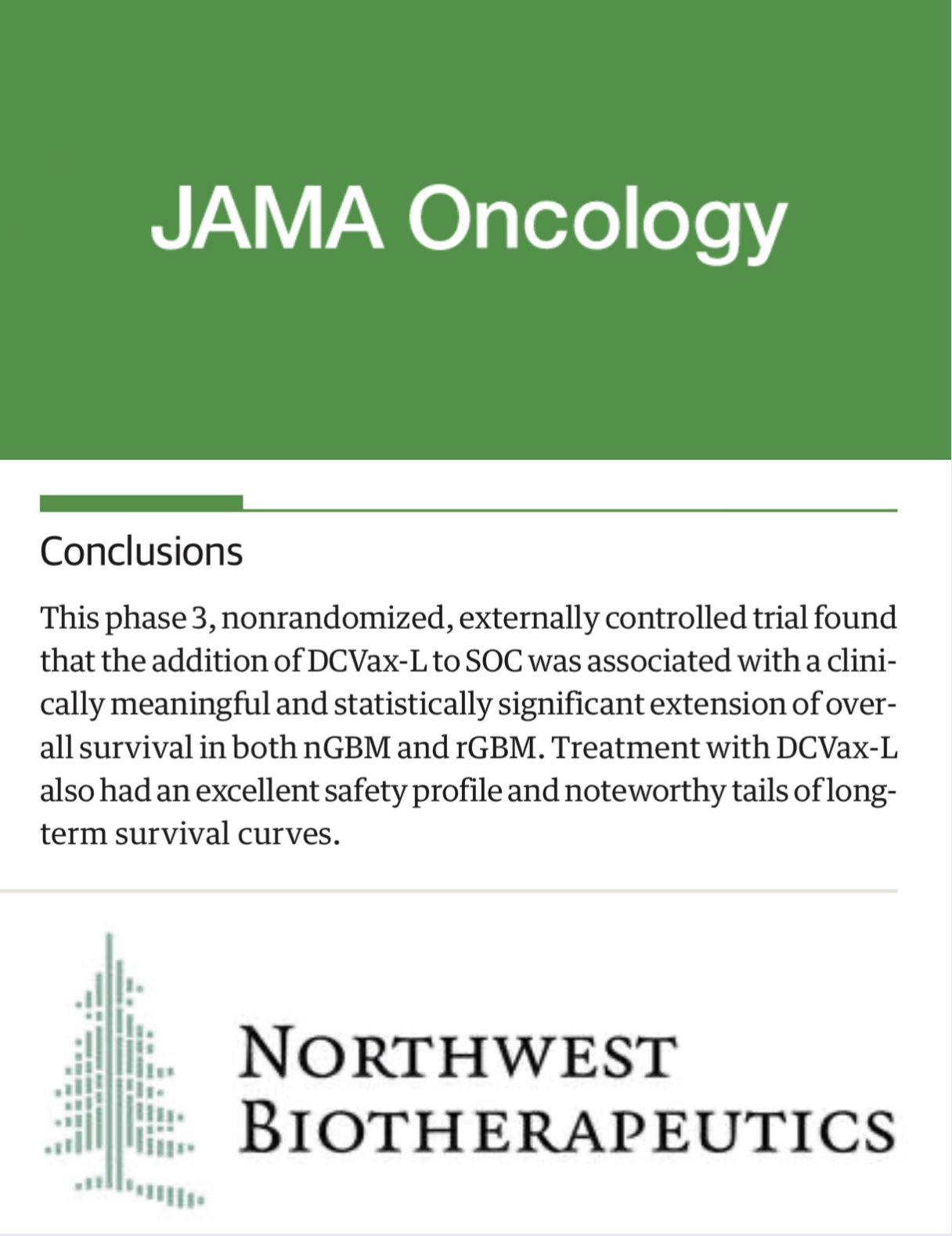Risk Prediction Model for Development of Heart Failure or Cardiomyopathy After Breast Cancer Treatment.
IF 20.1
1区 医学
Q1 ONCOLOGY
引用次数: 0
Abstract
Importance Women receiving breast cancer (BC) treatment are at risk for heart failure or cardiomyopathy (HF/CM). No standard method exists to identify women at risk who might benefit from preventive cardiac strategies and surveillance during and after treatment. Objective To develop and validate a model predicting the 10-year risk of developing HF/CM in women receiving systemic treatment for invasive early-stage BC to inform cardiac risk management. Design, Setting, and Participants This longitudinal cohort study of patients cared for in Kaiser Permanente Southern California, a vertically integrated health care system. The goal of the study was to predict the 10-year HF/CM risk using multivariable elastic-net Cox proportional hazards models. Women aged 18 to 79 years with newly diagnosed invasive local or regional BC from 2008 to 2020, with a median follow-up of 5.2 years, were included. The cohort was randomly split into derivation (60%) and validation (40%) cohorts. Data were analyzed from April 2024 to May 2025. Exposures HF/CM risk predictors included age at BC diagnosis, race and ethnicity, area-level socioeconomic status, local and systemic BC treatments, cancer stage, obesity, and history of hypertension, diabetes, hyperlipidemia, smoking, and other CV conditions. Main Outcome and Measures Incident HF/CM events. Women were categorized into low-, moderate-, and high-risk groups based on the tertiles of the risk score in the derivation cohort. Results Of 26 044 women included in the total cohort, the median (IQR) age was 61 (52-68) years. The risk model had good calibration and high accuracy in predicting HF/CM risk in the 3 subgroups, with HF/CM risk in the validation cohort matching the estimates from the derivation for identifying women at low risk (1.7%; 95% CI, 1.1%-2.4%) and high risk (19.4%; 95% CI. 17.3%-21.5%) of HF/CM at 10 years. The model's discrimination ability was good, based on the time-dependent area under the curve of 0.79 at 10 years in the validation cohort. Conclusions and Relevance This risk prediction model among women with early-stage BC was able to prospectively identify those at risk of HF/CM over a 10-year period based on the selected BC treatment and clinical variables available at BC diagnosis. The model can be used to inform risk-guided cardiac management for these women.乳腺癌治疗后发生心力衰竭或心肌病的风险预测模型。
接受乳腺癌(BC)治疗的女性有发生心力衰竭或心肌病(HF/CM)的风险。目前还没有标准的方法来确定有风险的妇女,她们可能从治疗期间和治疗后的预防性心脏策略和监测中受益。目的建立并验证一个模型,预测接受有创性早期BC全身治疗的女性发生HF/CM的10年风险,为心脏风险管理提供信息。设计、环境和参与者:本纵向队列研究对Kaiser Permanente南加利福尼亚(一个垂直整合的医疗保健系统)的患者进行了研究。该研究的目的是使用多变量弹性净Cox比例风险模型预测10年HF/CM风险。研究纳入了2008年至2020年新诊断为浸润性局部或区域性BC的18至79岁女性,中位随访时间为5.2年。该队列随机分为衍生队列(60%)和验证队列(40%)。数据分析时间为2024年4月至2025年5月。shf /CM的风险预测因素包括BC诊断时的年龄、种族和民族、地区社会经济地位、局部和全身BC治疗、癌症分期、肥胖、高血压、糖尿病、高脂血症、吸烟史和其他心血管疾病。主要结局和测量:HF/CM事件。根据衍生队列中风险评分的位数,将妇女分为低、中、高风险组。结果26 044名女性纳入总队列,中位(IQR)年龄为61(52-68)岁。该风险模型在预测3个亚组的HF/CM风险方面具有良好的校准和较高的准确性,验证队列中的HF/CM风险与鉴别低风险女性(1.7%;95% CI, 1.1%-2.4%)和高风险女性(19.4%;95% CI)的推导结果相匹配。17.3% ~ 21.5%)。在验证队列中,10年曲线下的时间依赖面积为0.79,模型的识别能力较好。结论和相关性:基于所选择的BC治疗方法和BC诊断时可用的临床变量,该早期BC女性的风险预测模型能够在10年内前瞻性地识别出HF/CM风险。该模型可用于这些妇女的风险指导心脏管理。
本文章由计算机程序翻译,如有差异,请以英文原文为准。
求助全文
约1分钟内获得全文
求助全文
来源期刊

JAMA Oncology
Medicine-Oncology
自引率
1.80%
发文量
423
期刊介绍:
JAMA Oncology is an international peer-reviewed journal that serves as the leading publication for scientists, clinicians, and trainees working in the field of oncology. It is part of the JAMA Network, a collection of peer-reviewed medical and specialty publications.
 求助内容:
求助内容: 应助结果提醒方式:
应助结果提醒方式:


